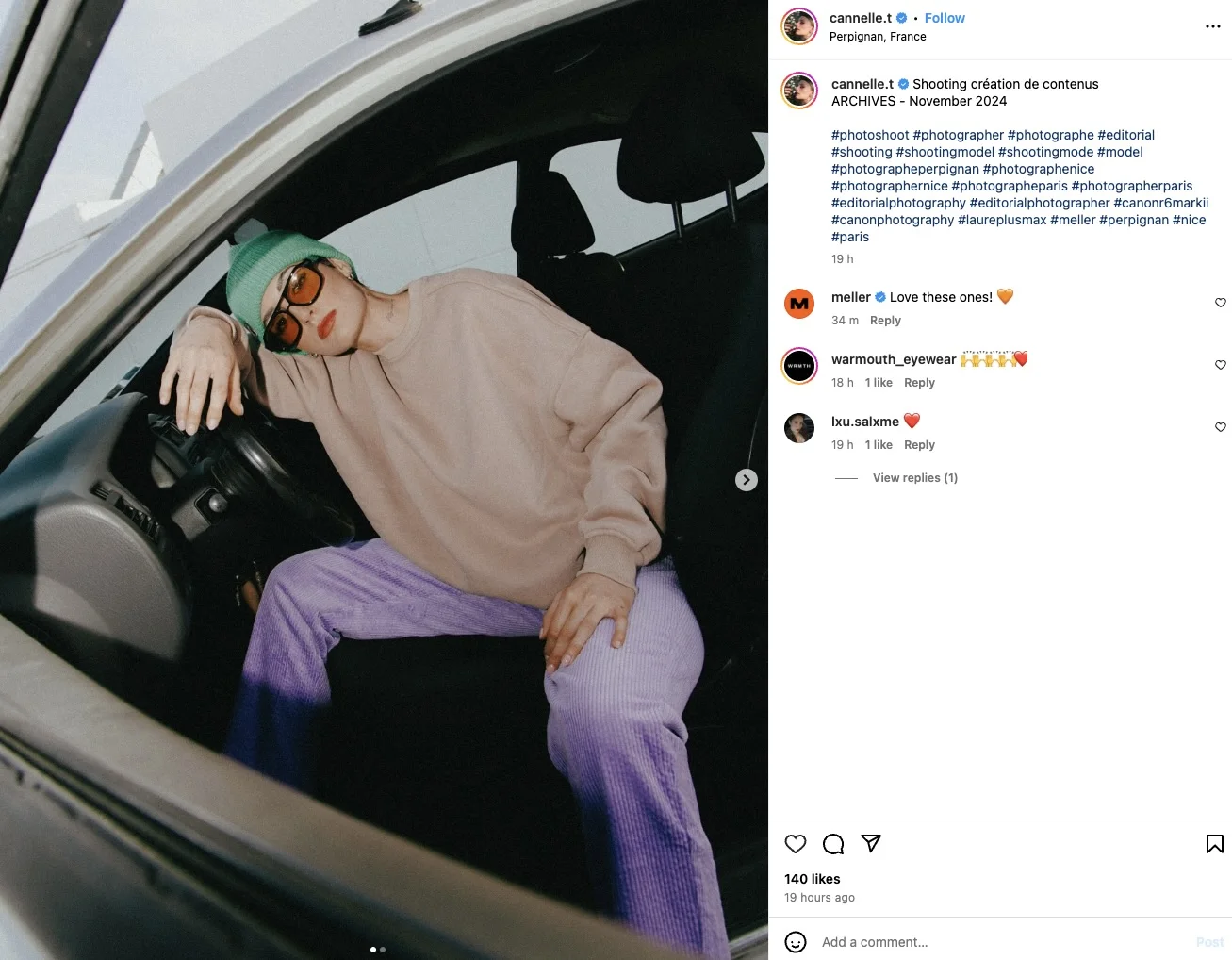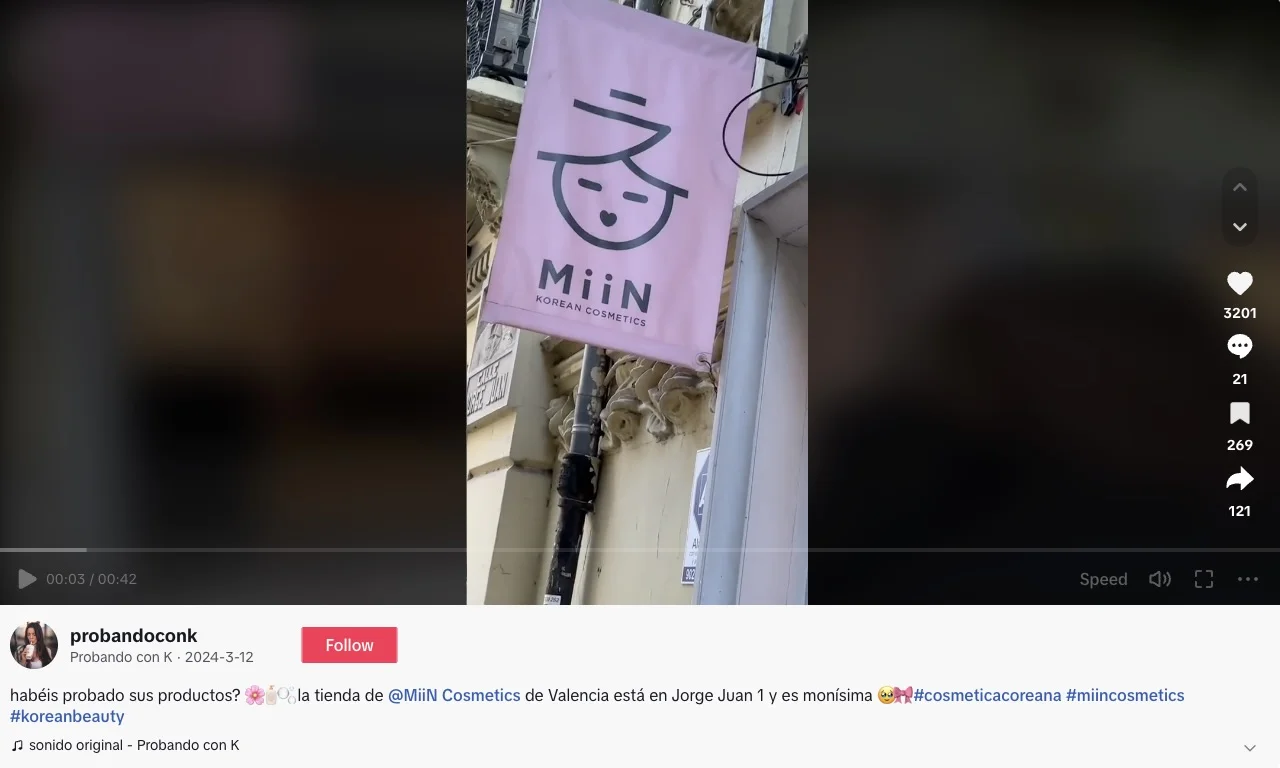Table of Contents
This article compiles some of the most relevant user-generated content statistics. User-generated content (UGC) has emerged as an essential component of successful marketing strategies. As consumers increasingly seek authentic, relatable content, brands are discovering the undeniable impact of letting their customers become their most powerful advocates.
From social media posts and product reviews to viral TikTok challenges and customer testimonials, UGC is revolutionising how brands connect with their audiences. But what makes this form of content so compelling? Let’s dive into the latest user-generated content statistics that showcase why UGC has become an indispensable tool in modern marketing.
User-generated content refers to any content that has been created by a brand’s fans and wider audience and can be used to sell more of a product. This might take the form of pictures and videos shared on social channels, testimonials, reviews, tweets, blog posts, and more.
User Generated Content refers to any content that has been created by a brand’s fans and wider audience and can be used to sell more of a product.
When customers share their positive experiences, it not only feels great for your brand but also spreads the word to potential buyers. In fact, research shows that 82% of consumers are more likely to purchase from a brand that features UGC.
Let’s break down the key benefits that make UGC such a powerful marketing tool:
These benefits make UGC an essential component of modern marketing strategies, particularly for brands looking to build authentic connections with their audience while maximising their marketing ROI.
If you want you discover even more benefits, check out our article breaking down all of the benefits of user-generated content.
Let’s examine the compelling data that demonstrates why user-generated content has become an indispensable part of successful marketing strategies. These statistics reveal how UGC influences consumer behaviour, drives engagement, and delivers measurable results for brands across various industries.
First, let’s showcase the statistics focused on the content generated by various popular social media platforms.
Instagram continues to be a powerhouse platform for user-generated content, with impressive engagement rates and growing influence on consumer behaviour.

The platform’s visual-first approach, combined with features like Stories, Reels, and shoppable content, has created an ecosystem where authentic user content thrives and drives meaningful brand interactions.
TikTok has become a dominant force in user-generated content, revolutionising short-form video creation and viral content distribution.
Its AI-driven recommendation engine, combined with features like Duets, Stitches, and effects, has created an environment where creative user content can reach massive audiences instantly.

With its rapidly growing user base and innovative features, TikTok continues to redefine how brands and creators interact through UGC.
YouTube remains a powerhouse for long-form UGC video content.
Its diverse ecosystem supports everything from quick shorts to lengthy documentaries, offering creators sophisticated tools for content production and audience engagement.
Facebook remains a versatile platform for diverse content sharing, from text posts and photos to live videos and stories. Its comprehensive suite of engagement tools creates strong community engagement, while its sophisticated advertising platform helps brands maximise UGC reach and impact.
The landscape of user-generated content continues to evolve rapidly, with several key trends shaping how brands and consumers interact. Here are the most significant trends defining UGC in 2025:
User-generated content is becoming more immersive than ever before. Augmented Reality (AR) filters and effects are now standard features in content creation, while virtual try-ons enable consumers to experience products digitally before purchase.
Machine learning powers increasingly advanced filters and effects, enabling creators to produce professional-quality content with minimal effort.
Thanks to the likes of Instagram Reels, TikTok and YouTube Shorts, the rise of vertical, easily consumable content continues to shape the UGC landscape. Creators are increasingly focused on cross-platform video sharing and repurposing, maximising their content’s reach across different networks.
The integration of shopping features within short videos has created new opportunities for eCommerce, turning entertainment into seamless shopping experiences.
Content creation is becoming increasingly collaborative and community-focused. Niche content communities are flourishing, providing specialised platforms for like-minded creators.
Collaborative content creation initiatives bring together diverse voices, while user-curated collections help organise and showcase the best content within these communities.
No matter how big, small or niche you believe your brand may be, there are thousands, if not millions of like-minded customers. Learn How UGC Drives Growth for Small Community Brands.
If you’re interested in learning more on UGC trends, check out our article on UGC trends for eCommerce brands and find out how you can identify and capitalise on emerging digital trends.